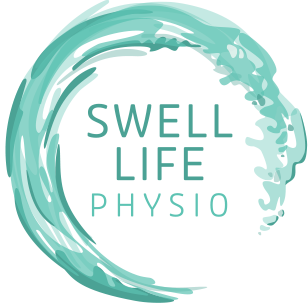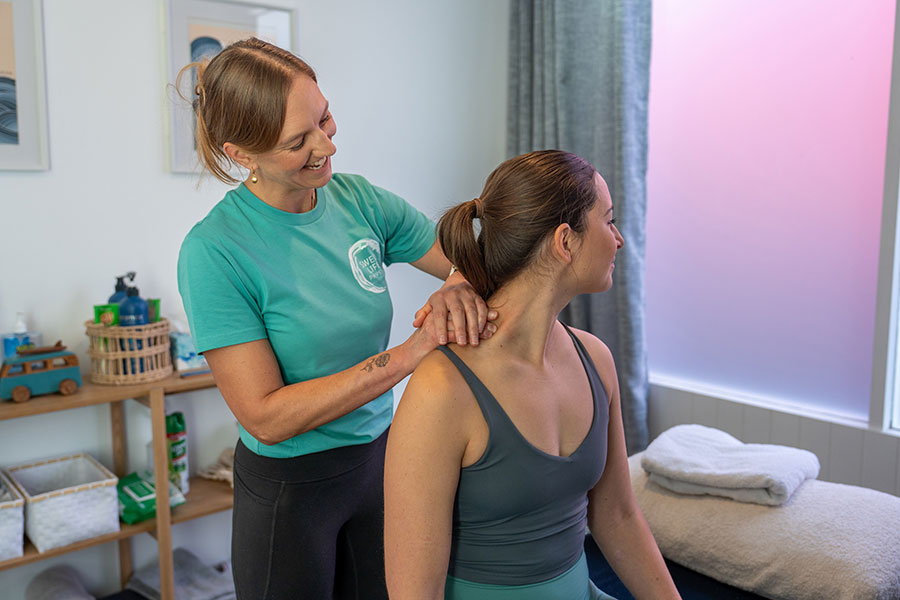There’s a quiet truth that sits at the heart of everything I do, a truth that years of working with people through movement and study physiotherapy that has only made louder. Movement is medicine. It’s not just a phrase, it’s something I live by. Because I’ve seen what happens when people start to move again and how it transforms not just their bodies, but their confidence, mood, and sense of self.
Working as a personal trainer, I’ve come to realise two things. First, just how privileged we are to move well and second, how life changing regular, intentional movement can be. It’s easy to take it for granted, until it’s taken away by pain, injury, fatigue, or illness. But once we reconnect with movement in ways that feel safe, enjoyable, and sustainable, the benefits ripple out far beyond our muscles and joints. We sleep better. We think clearer. We feel more like ourselves.
Movement is not just exercise. Movement is everything we do.
In today’s world, movement is often reduced to workouts, fitness trackers, or gym memberships. But real movement, natural, nourishing, human movement is simple. Yet so many of us spend the majority of our day sitting, hunched, or still, not because we’re lazy, but because modern life has engineered movement out of our routines. But the good news is, the fix isn’t complicated. It doesn’t start with fancy gym memberships or intense workouts. It starts with moving your body more like it was meant to move, often, in different ways, and with purpose. It doesn’t have to be perfect. It doesn’t have to look like exercise. It can be a walk outside, a stretch on the floor, dancing in the kitchen, gardening, playing with your children or simply choosing the stairs. The magic is in the consistency, not the intensity.
The benefits:
Scientific research has shown that regular physical activity can be just as effective as antidepressants for treating mild to moderate depression. It helps regulate the brain chemicals that influence our mood, including endorphins, dopamine, and serotonin. Movement also improves brain function. It enhances memory, sharpens concentration, and supports clearer thinking by increasing blood flow to the brain. These benefits aren’t limited to hour long gym sessions either, the evidence actually shows that even ten minutes of movement can improve mental alertness and emotional state for the rest of the day.
We also know that movement plays a powerful role in preventing and managing chronic physical conditions. Cardiovascular disease remains the leading cause of death in Australia, yet it is largely preventable. According to the World Health Organisation, just 30 minutes of moderate movement five times a week can reduce your risk of heart disease by up to 35%. These changes are achievable without fancy equipment or high intensity routines.
Bone health is another area where movement plays an essential role. As we age, bone density naturally decreases, particularly in women after menopause. But movement help to preserve and even improve bone mass. This reduces the risk of fractures and helps maintain strength and independence into older age. The same principle applies to our muscles. From the age of thirty onward, muscle mass begins to decline, but regular movement, even in the form of lifting groceries, standing from a chair, or taking the stairs helps prevent weakness and frailty. Over time, these movements protect your balance, your coordination, and your ability to do the things you love.
How to Prescribe Yourself Movement
We can start small and build it into our day:
- Get Up Every 30 Minutes. If you sit for work, try standing or simply changing your posture every half hour.
- Take every opportunity to be active. Park further away, walk while on the phone, take the long way home, choose the stairs.
- Move How You Enjoy/ Dance, stretch, swim, garden. it all counts if you love it.
- Let Your Physio Help You Find the Right Dose. If you’re in pain or unsure where to start, a movement plan tailored to you can change everything.

